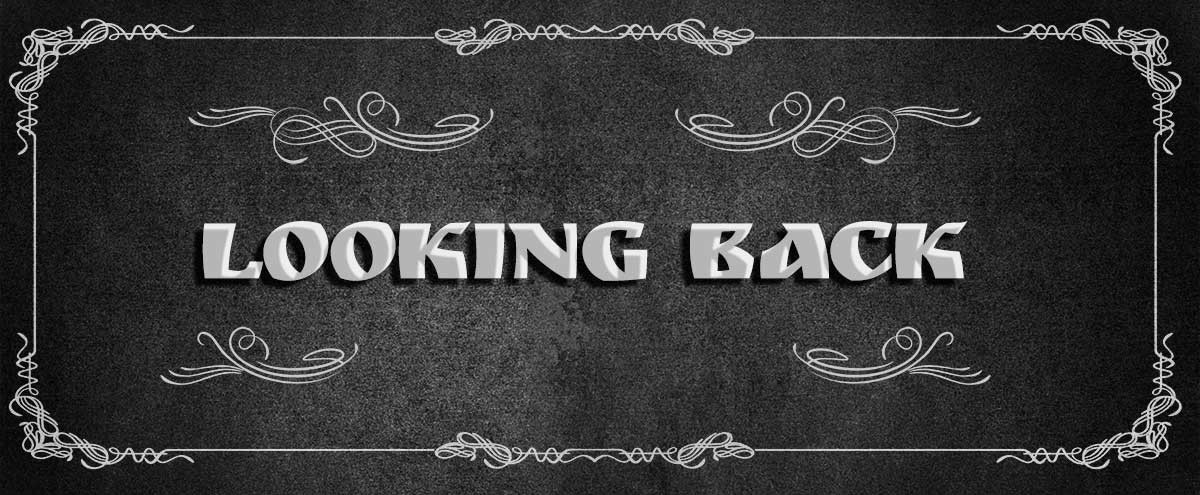In a previous article we talked about “The Gap“. “The Gap” is the difference between where you think you should be and where you are now. The problem with “The Gap” is that you are measuring yourself against an ideal. It is not a goal so much as a mental image we create.
For example, if you stand on a rail road track and look off into the distance, you will see it comes to a point. If you start walking toward that point, you never get there — because it doesn’t exist. You could spend the rest of your life and never reach the point where the railroad tracks come together.
Trying to live your life in pursuit of an unattainable goal can be frustrating. Let’s give you another tool you can use to turn frustration into triumph.
“The Gain”
“The Gain” allows you to look back at where you started and to observe the progress you have made. Let’s look at a practical example. You’ve been painting along with one of Bill’s videos or one of the videos in our Master Class. You look at the painting in despair because it looks nothing like what you expected. What is happening to you is that you are comparing your painting to the “ideal”. This process causes frustration and, perhaps, could cause you to give up on yourself.
As you continue painting, though, an image starts to emerge on the canvas. Now, it doesn’t look so bad, does it? You’re now comparing your painting between what it looked like when you started to what it is now. In other words you’re looking at “The Gain” — the progress you’ve made.
Let’s look at another example. You’ve finished your painting and you don’t like it. Perhaps, the colors aren’t right or the clouds aren’t formed well. Your painting looks nothing like the finished painting in the video. Again, you are comparing against the ideal.
I felt like this many times when I first started painting. I’d look at the canvas with a critical eye. Then, I would notice that the reflection in the water turned out well or that the trees were just like Bill’s. I learned to develop a mindset to look at the progress I had made in the painting, rather than the mistakes.
Pursuing excellence
Remember, it’s the pursuit of excellence that’s important. You’ll never achieve perfection because perfection is a moving target. Once you get good you’ll realize you can get better. The “Plateau Effect” helps us improve. Unfortunately, only the great artists understand this idea of pursuing excellence. Even Michelangelo realized he had room for improvement. Learning the basics of Bill’s system of oil painting is attainable by anyone who wants to learn. Then, from that point on, it’s a matter of learning the advanced techniques from a real master.
Two tools
Now, you have two resources in your toolbox that you can use to judge your progress. You need to know which one to use and when to use it. When you despair at the progress you are making, realize that you are comparing yourself to the ideal. That’s the time to stop and turn around and look back at how far you’ve come. Look for the improvements you’ve made. Look for the small gains. It is the accumulation of those small gains that helps you become a great artist. Bill knew this because he said in a video, “As more you paint, as more you let go.”
“The Gap” inspires you — it is your muse. “The Gain” is how you, step-by-step, achieve excellence. Use these two tools to become the best artist you can be.



Excellent way to describe it. Great article!